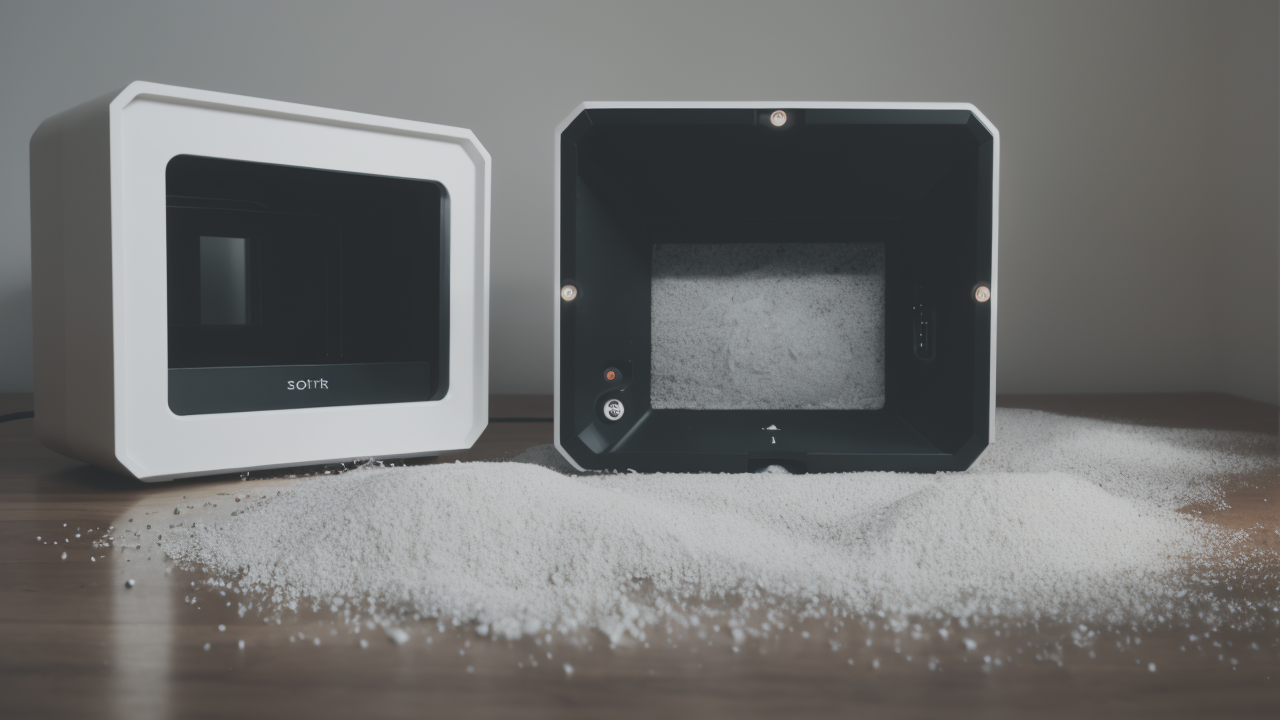
Minimalism Meets Color: An Expert's Guide to Trends in American Abstract Art
The Rise of Minimalism in American Art History
Origins of Minimalism
Minimalism emerged in the 1960s as a reaction to the emotional intensity of Abstract Expressionism. It aimed to strip art down to its basic elements. The movement began in New York City, spreading quickly across the US. Artists sought to create works that were simple and direct. They used basic shapes, colors, and materials. The goal was to remove any trace of emotion or personal expression. This approach challenged viewers to focus on the art itself, not the artist's intent.

Key Minimalist Artists and Their Legacy
Several artists played crucial roles in shaping Minimalism. Donald Judd created simple, geometric sculptures. His works often used industrial materials like steel and plexiglass. Frank Stella made paintings with precise, repetitive patterns. Dan Flavin used fluorescent light tubes to create striking installations. Agnes Martin's subtle grid paintings explored serenity and order. These artists' works continue to influence modern art. Their focus on simplicity and materiality remains relevant today.
Minimalism's Impact on Modern Art
Minimalism had a profound effect on the art world. It changed how people viewed and created art. The movement encouraged a focus on the viewer's experience. It emphasized the physical space around artworks. This led to new forms of installation art. Minimalism also influenced architecture and design. Its principles of simplicity and functionality spread beyond fine art. Today, we see its impact in product design, fashion, and even technology interfaces.
The Intersection of Minimalism and Color
Exploring the Role of Color in Minimalist Art
Color plays a unique role in minimalist art. Many early minimalist works used monochrome or neutral tones. However, some artists explored vibrant color within minimalist frameworks. Ellsworth Kelly used bold, flat colors in simple shapes. His work showed that minimalism could be both simple and vivid. Josef Albers studied color interactions in his famous "Homage to the Square" series. These works demonstrated how colors could create depth and movement in minimal compositions.

The Psychology of Color in Minimalism
Color in minimalist art can have a strong psychological impact. Even in simple works, colors evoke emotions and associations. Red might create energy or tension. Blue often suggests calmness or depth. Yellow can imply joy or warmth. Artists carefully choose colors to enhance the viewer's experience. The use of a single color can be powerful in a minimalist piece. It forces the viewer to focus on subtle variations in tone and texture. This creates a meditative quality in many minimalist works.
Case Studies: Colorful Minimalist Installations
Several modern artists have created stunning colorful minimalist installations. James Turrell uses light to create immersive color experiences. His Skyspaces alter viewers' perceptions of the sky through carefully designed openings. Olafur Eliasson's "The Weather Project" used yellow light to transform a vast hall into a sun-like experience. Carlos Cruz-Diez explored how color changes as viewers move through space. These installations show how minimalism and color can create powerful, transformative experiences.
The Future of Minimalist Art in the United States
Innovations Shaping the Future of Minimalism
New technologies are pushing minimalism in exciting directions. 3D printing allows for complex geometric forms in sculpture. LED lights offer new possibilities for color and light installations. Virtual reality creates immersive minimalist environments. Artists are also exploring sustainable materials. This aligns with minimalism's focus on efficiency and essence. Some are using recycled materials to create minimalist works. Others are creating temporary installations that leave no trace. These innovations keep minimalism relevant in the 21st century.

Minimalism in the Digital Age
The digital world has embraced minimalist principles. Web design often uses clean, simple layouts. Apps strive for intuitive, uncluttered interfaces. Digital artists create minimalist works using code and pixels. Some explore generative art, where algorithms create endless variations of simple forms. Others use data visualization to present complex information in minimal ways. The internet also allows for new forms of collaborative minimalist art. Online projects can involve many people creating simple elements that form a larger whole.
Predictions for the Next Decade of Art Trends
Minimalism will likely continue to evolve in the coming years. We may see more integration of technology and art. Augmented reality could bring minimalist concepts into everyday spaces. Environmental concerns might lead to more ephemeral or eco-friendly minimalist works. There could be a return to handmade minimalism as a reaction to digital overload. The line between art and functional design may blur further. Minimalism's influence on wellness and mindfulness practices could grow. Whatever the specific trends, minimalism's core ideas of simplicity and essence will remain relevant.


